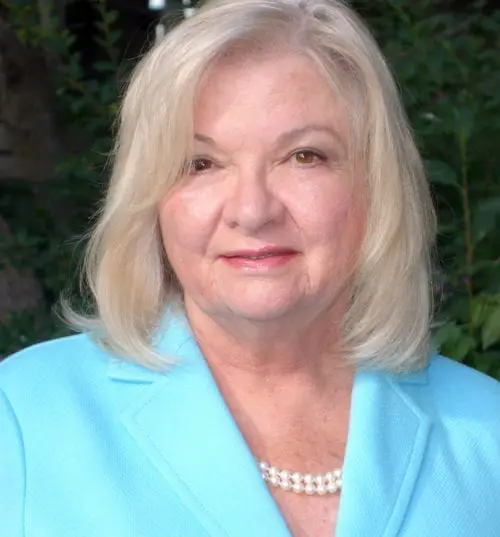Do men and women view their homes differently?

Calling it a “war“ between the sexes might be a bit of an overstatement. In fact, gender lines are blurring. But when it comes to selecting and finishing a new home, men and women often look for different things.
“The distinctions between what men and women are looking for in a home are less pronounced than they used to be,” explains John Egnatis, co-founder and CEO of Dallas-based Grenadier Homes. “Much of what draws people in is a matter of personal preference, which goes far beyond what might be considered a gender-based motivation. However, when comparing them as gender groups, there are still some factors that appeal more often to women than to men, and vice versa.”
What Women Want
Alabama homebuilder Rachel Brown grew up in the construction business, working alongside her father, a successful Alabama developer. When she founded Rachel Brown Homes and began planning her first model home, she looked to her own life for inspiration. As a single mom, she knew time was a premium, so she set out to design a home that would shave minutes off getting ready and out of the house in the morning and that would ease settling back in at night. She also drew upon shortcomings in her own home, a quaint bungalow with little storage and a choppy floor plan. After sharing observations with family and friends, she says, “I realized there were some things builders are not doing to accommodate people’s needs. We are not building homes to make lives easier.”
Many of the features in Brown’s first model home promote effortless living, especially for women. But, there is little men wouldn’t love in the classic bungalow with Craftsmen details on the exterior and a sophisticated open-concept interior. An 8-foot-deep porch runs along the front, while inside, neutral walls contrast with coffee brown hand-scraped floors. A sleek kitchen features a long island topped with Carrera marble. The home is packed with features that resonate with women, such as plenty of storage and kitchens with features such as charging stations with electrical outlets that pop up, but store flush with, counters. Brown also turned unused space into additional storage and included a raised utility sink with a sprayer in the garage for washing dogs or rinsing muddy boots.
“Women like low-maintenance features that are visually appealing and/or functional, but don’t require a lot of upkeep. They want a home that looks and feels nice; a place where they can see themselves as being home,” says Egnatis. “They also tend to place more weight on value than on cost. In particular, they are looking at factors like the quality of the neighborhood/neighbors, community amenities, architectural details, landscaping, etc.”
Let’s Hear It for the Men
On the other hand, he says, “men tend to give more weight to things like cost or how close the home is to other places they frequent, like work, their favorite bar or the golf course. Another important factor for a lot of men is having a great space for the TV, where it’s easy and comfortable for them to watch the game.” And they pay more attention to the mechanics of the house.
“We are always thinking about how spaces will hit a note with men,” says Jill DiDonna, vice president of GL Homes, the largest homebuilder in South Florida. “There is a certain notion about men, where having a space to gather with friends or to watch sports is something they desire. So, we might think about how a space would function as a pub room as opposed to a flex space.”
Men also often ask for an office or a study, but DiDonna sees offices as one of many gender-neutral areas in the home. Another is the garage. “We often leave extra space in the garage, but women and men see it entirely differently,” she explains. “Women might see it as a great spot to store bulky items, while a man might think completely differently and see it as a great spot for a big-screen TV or a car collection. If we throw a workbench in a garage, a man might say, ‘I always wanted a space like that.’ ”
Women Are Now Driving Builders Decisions
“Part of our process, when starting a new community, is to bring focus groups together and one issue that came up was laundry rooms,” says DiDonna. Now her company builds a larger laundry room that allows space for bulk storage and areas to fold clothes. “It becomes a place Mom sees as a viable use of space that makes her life better,” she says. Brown includes a fold-down ironing board in her laundry rooms.
“We also find master baths carry special significance for women. They long for a place of serenity and relation,” says DiDonna. Natural light is another important element. And Brown added that openings in the shower tile at the perfect height for women to shave their legs is greatly appreciated.
One big change is that women are more involved with the buying process and often take the lead in decision-making, so builders are paying more attention to what women want. “We believe that women drive the majority of purchase decisions,” says DiDonna.
“We have a large number of single women, as well as couples, where the woman is the main decision-maker in the selection process,” says Egnatis. “Therefore, our marketing strategy is more skewed toward women, but again, there is lot of crossover.” When marketing to women, he says it’s important to show that the value of the new home outweighs the old.
When it comes to gender preferences in the homebuilder process, we can’t engineer a truce, but understanding what’s important to your partner makes it much easier to compromise.

Camilla McLaughlin is an award-winning writer specializing in house and home. Her work has appeared in leading online and print publications, such as Yahoo! Real Estate, Unique Homes magazine and Realtor magazine. She has also freelanced for the Associated Press.
 Home Insurance: Beyond the Basics
Home Insurance: Beyond the Basics